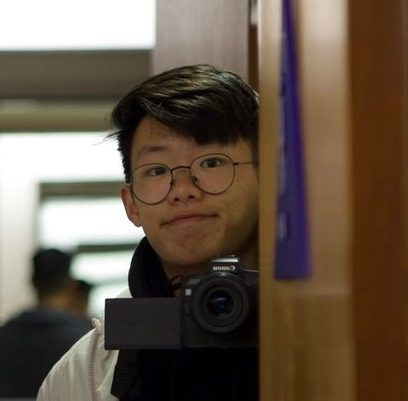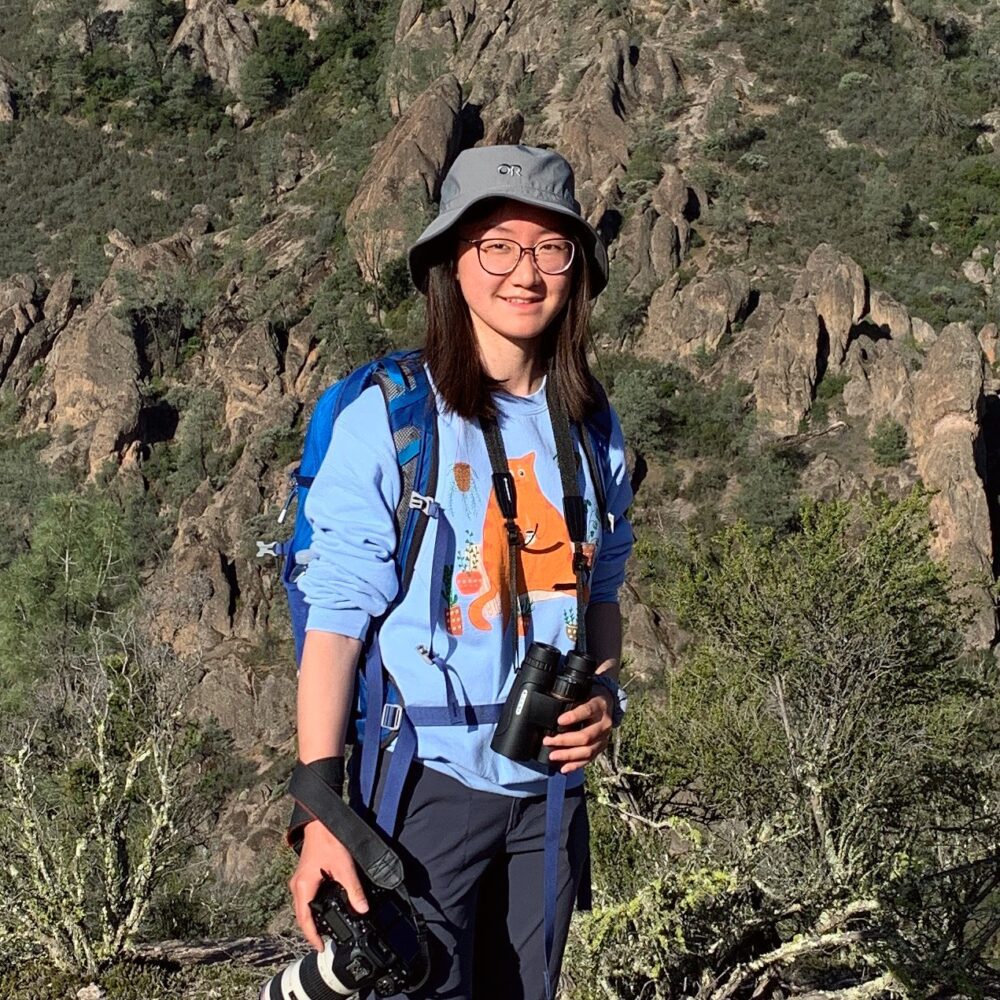Kaila Nishikawa

Since the mid-20th century, the field of drug discovery for disease regulation has focused on the concept of occupancy-driven pharmacology. However, more than 90 percent of the proteome is currently deemed undruggable due to a lack of surface-lying ligandable hotspots. Many of these undruggable proteins, such as transcription factors and protein complexes, are implicated in disease but cannot be targeted through active site directed inhibitors, creating a need for new therapeutic modalities that can control protein function. One method for targeting undruggable proteins is through the use of molecular glue […]
Cynthia Liu

This project aims to establish and characterize a novel mouse model for hereditary hemorrhagic telangiectasia (HHT). HHT is an autosomal dominant disorder known to be caused by mutations in the receptor activin receptor-like kinase (ALK1). Arteriovenous malformations (AVMs) are a hallmark of HHT, and brain AVMs (bAVMs) can be particularly risky as they can cause hemorrhagic stroke. HHT-bAVM formation mechanism is not well understood and there are no preventions or treatments. Animal models of Alk1 deficiency can facilitate the study of HHT-bAVM pathogenesis; however, existing HHT-Alk1 mouse models are limited […]
Forrest McCann

The stable isotopic composition of marine carbonates is an exemplary standard for reconstructing past Cenozoic climate. But, a fundamental question is whether these carbonates faithfully record their original isotopic composition, and to what extent have they been modified during burial. The relative abundance of isotopologues of carbonate with two rare isotopes (clumped isotopes) is a function of formation temperature and is leveraged to understand how carbonate samples were formed and modified through time. Recent work to reconstruct paleotemperatures from carbonate clumped isotopes found that samples from below 1,000 meters below […]
Jacob Krantz
Geometric flows, such as the Ricci flow, Yang-Mills flow, and harmonic map flow, are natural ways to smooth out geometric objects (metric, connection, and maps, respectively). In this project, we will explore the idea of using geometric flows to develop new analytic tools for studying geometric objects. A possible goal of this project is to use geometric flows to solve problems in dispersive PDEs that involve geometric objects.
Xiaoyue Mei
DNA methylation (DNAme) refers to the addition of a methyl group to the cytosines of the CpG islands in the gene regulatory regions, which is involved in regulating transcription and chromatin structure, typically silencing the corresponding genetic locus. A lifetime of accumulated epigenetic changes has been proposed to contribute to the development of age-associated diseases. I aim to investigate the biological relevance of DNA methylation clocks via Elastic Net regression approaches and to develop a better model by which chronological age could be correlated with the disease through epigenetics. Meanwhile, […]
Albert Qiang

Metabolically engineering living organisms to synthesize chemicals is an exciting alternative to traditional production pipelines, allowing for the sustainable and scalable production of a wide array of useful compounds. However, dramatically altering the fundamental chemical behavior of organisms by introducing new biosynthetic pathways can often have unintended consequences on cellular growth. The expression of an unnatural pathway consumes valuable cellular resources, an effect known as metabolic burden that ultimately limits overall production. My research project seeks to better characterize the effect metabolic burden has on an existing engineered biosynthetic pathway […]
Isabelle Lehman

Extracellular vesicles (EVs) are membrane-bound compartments that are exported out of cells. There are two major subpopulations of EVs: microvesicles and exosomes. Exosomes have garnered particular interest in the scientific community due to recent studies suggesting a role for exosomes in intercellular communication in both normal and disease states. Additionally, exosomes can be utilized as diagnostic biomarkers for a variety of disease conditions. Despite broad interest in exosomes, little is known about how their release is regulated. Rab27a and Rab27b are two very closely related proteins that regulate different steps […]
Zhicheng Li
Data loss is a major issue in modern electronics. Charged-based devices are vulnerable to ionizing radiation, while ferromagnetic-based memory devices are susceptible to data loss from external magnetic fields. However, Antiferromagnetic (AFM)-based memory devices are robust to both charge and magnetic field perturbations. There exist a few materials whose AFM spin textures can be electrically switched”: an applied current induces a spin polarization, exerting a spin-orbit torque on the magnetic domains. This torque rotates the conductivity tensor, providing a switch between distinct resistance states. My research seeks to leverage the […]
Arman Moayed

Our project goal is to better understand the role of BAR (Bin-amphiphysin-Rvs) proteins in clathrin-mediated endocytosis (CME) and study their interaction with endocytic branched actin networks, using the budding yeast Saccharomyces cerevisiae as a model organism. Most endocytic BAR proteins contain an N-terminal banana-shaped BAR domain that preferentially binds curved membranes and a C-terminal SRC-homology 3 (SH3) domain that interacts with numerous components of the endocytic machinery. BAR proteins are thought to stabilize and scaffold curved membranes as well as facilitate vesicle scission, but exact mechanisms of these functions remain […]
Duyi (Tina) Kuang

The ability to reliably leap and land on unfamiliar and unstable surfaces is instrumental to squirrels’ survival and navigation of arboreal environments. In previous studies, squirrels quickly learned to modify impulse generation upon repeated leaps from unfamiliar, compliant beams and rapidly adjusted foot placement to compensate for rotating rods. Understanding how squirrels adjust to unexpected landing conditions could not only help us better understand their morphological adaptations but could also provide innovative solutions in developing bio-inspired robots. Current jumping robots, such as UC Berkeley’s SALTO, are only capable of using […]